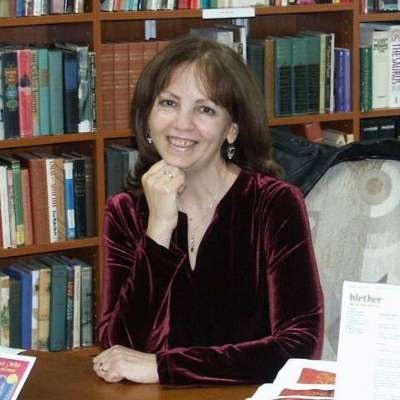To celebrate another landmark season, San Diego Symphony Music Director Jahja Ling brought forth a multifaceted program featuring an appealing contemporary Chinese work, a lesser known but captivating Tchaikovsky piano concerto with star Chinese pianist Yuja Wang, and an evergreen Rimsky-Korsakov favorite, in the OPUS Gala celebration concert. As witness to the Cultural Revolution, composer An-Lun Huang overcame his parents’ imprisonment and his own manual labor in the Chinese countryside to emigrate to Canada and create an abundant catalogue of works mirroring both his traditional Chinese background and the influences of Western classical music.
Composed in 1975, Saibei Dance was inspired by the folk music of the Saibei region, situated north of the Great Wall. This area’s unique music is characterized by a highly energetic musical style dominated by winds and percussion, and by great leaps in the melodic lines. Huang applies his training in western classical music combined with his own ethnic background to portray the spirited atmosphere of the Chinese countryside.
The composition style reflects the influence of Rimsky-Korsakov and the proximity of China’s neighbor, eastern Russia, and is reminiscent of Vaughan-Williams’ use of English folk tunes in his English Folk Song Suite. One also hears the impact of Hindemith’s tutelage, with whom Huang studied at Yale; in particular the Asian inspiration in Hindemith’s Symphonic Metamorphosis of Themes of Carl Maria Von Weber. Ling displayed the reasons for these Suites’ popularity in the west with his lively, upbeat interpretation of the work’s folk-based music, dancing along with the quick tempi of this four-minute wild ride of a piece.
Truly a solo work reflecting the meaning of the Italian word “concerto” – soloist against orchestra – Tchaikovsky’s more introspective Piano Concerto no. 2 in G major, is refreshing to hear in place of his more popular First Piano Concerto. He wrote the piece in gratitude to Nikolai Rubinstein’s performance of the earlier concerto, though the two musicians at times had suffered a shaky relationship. Ironically the world première took place with the New York Philharmonic in 1881, but with Madeline Schiller as soloist, as Rubinstein had died before the work’s debut.
Yuja Wang deftly handled the dialogue between piano and orchestra, demonstrating her abilities to the maximum and easily surmounting the work’s virtuosity, which arguably requires more proficiency than the First. The cadenza-like passages in the beginning of the opening Allegro brillante e molto vivace movement gave Wang multiple opportunities to display her technical brilliance; the lyrical passages glowed with the sheen for which the astonishingly young soloist has become well known. In the second, major cadenza of the movement, Wang alternated between going like the wind and giving loving attention to the expressive passages.
Playing with a combination of great sensitivity, depth and clarity, the music clearly a part of her soul, Wang plumbed the depths of the concerto for its passion and pain, showing her emotions in her facial expressions and body movements but never overdoing it. Her long, expressive fingers stayed almost hermetically attached to the keys as if she and the instrument were one musically engaged entity. She came off as completely at home on the stage, recreating the composer’s spiritual wish for the piece
In the Andante non troppo second movement, Tchaikovsky adds prominent violin and cello solos, giving an impression of a triple concerto. In their movement-opening duo, reminiscent of the slow movement from Tchaikovsky’s Souvenir de Florence string sextet, concertmaster Jeff Thayer and principal cellist Yao Zhao contributed solid playing to Wang’s attention-grabbing skillfulness. Wang escalated her brilliance in the final Allegro con fuoco, adding fire to the tempestuous passages and superb grace to the delicate ones.
One feels indeed fortunate to witness Wang’s splendid gifts live and in person. In a recent interview with the BBC, she advised young aspiring musicians to “really go at it”. Clearly, she succeeds in following that advice.
In Rimsky-Korsakov’s Capriccio espagnol, Ling and the orchestra took flight, with another opportunity for other principal players to display their extraordinary gifts. Thayer executed the concerto-like violin solos with deft precision; Zhao and the solo horn, clarinet and harp demonstrated arresting virtuosity as well. Ling kept the tutti orchestra in perfect balance with the soloists, allowing them to shine in their most prodigious moments.
Tchaikovsky himself was awed by Rimsky’s mastery after the 1887 première of the work. This orchestral ensemble gave an equally awe-inspiring performance.


